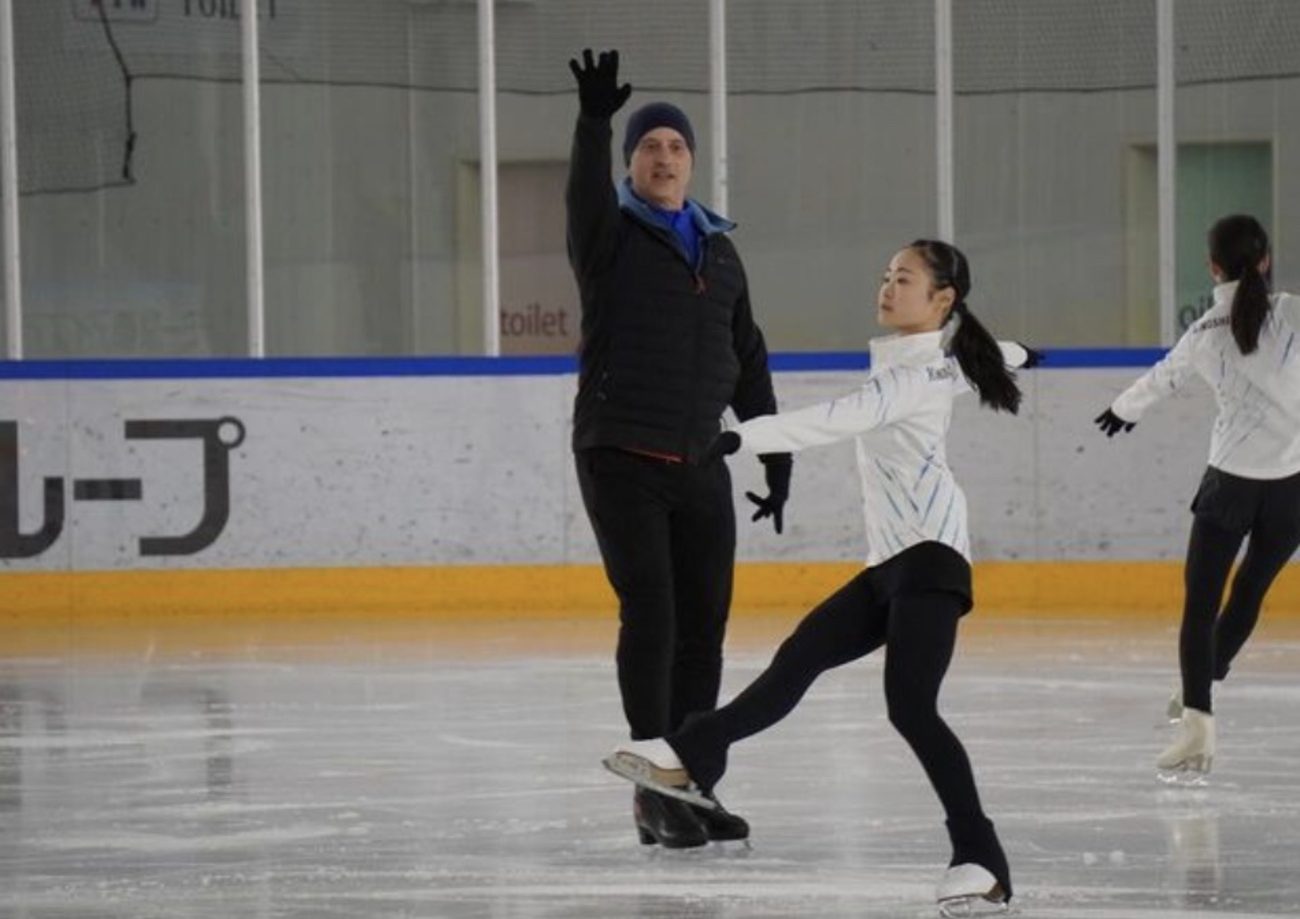
SAN JOSE, California ― Former Olympic champion Brian Boitano came away from his recent five-day intensive training camp with skaters from the Kinoshita Group thoroughly impressed.
The American, who won the gold at the 1988 Calgary Games, was clearly stunned by the group that he worked with in Kyoto, which included two-time world junior champion Mao Shimada, plus world competitors Mone Chiba and Hana Yoshida.
"They were the most talented group of skaters I have ever seen in one ice rink," Boitano declared on the phone in an exclusive interview with Ice Time during the week of April 21-27. "All of them were so good. They were all the way from 12 years old until 24. Even the pairs skaters, like Sumitada Moriguchi, were jumping at a single skater level. It was amazing."
Boitano detailed for Ice Time just how his trip to Kansai came about.
"Mie Hamada talked to Yuka Sato, who talked to my coach Linda [Leaver] and I, and Yuka said, 'Mie would like to have you come out [to Japan],' " Boitano stated. "She has taught your jumping technique for years and you were her favorite skater. Mie would love to have you come."
What followed was a wonderful opportunity for the Kinoshita kids to learn up close from a skater who, in addition to his Olympic triumph, was also a two-time world champion and a four-time US titlist.
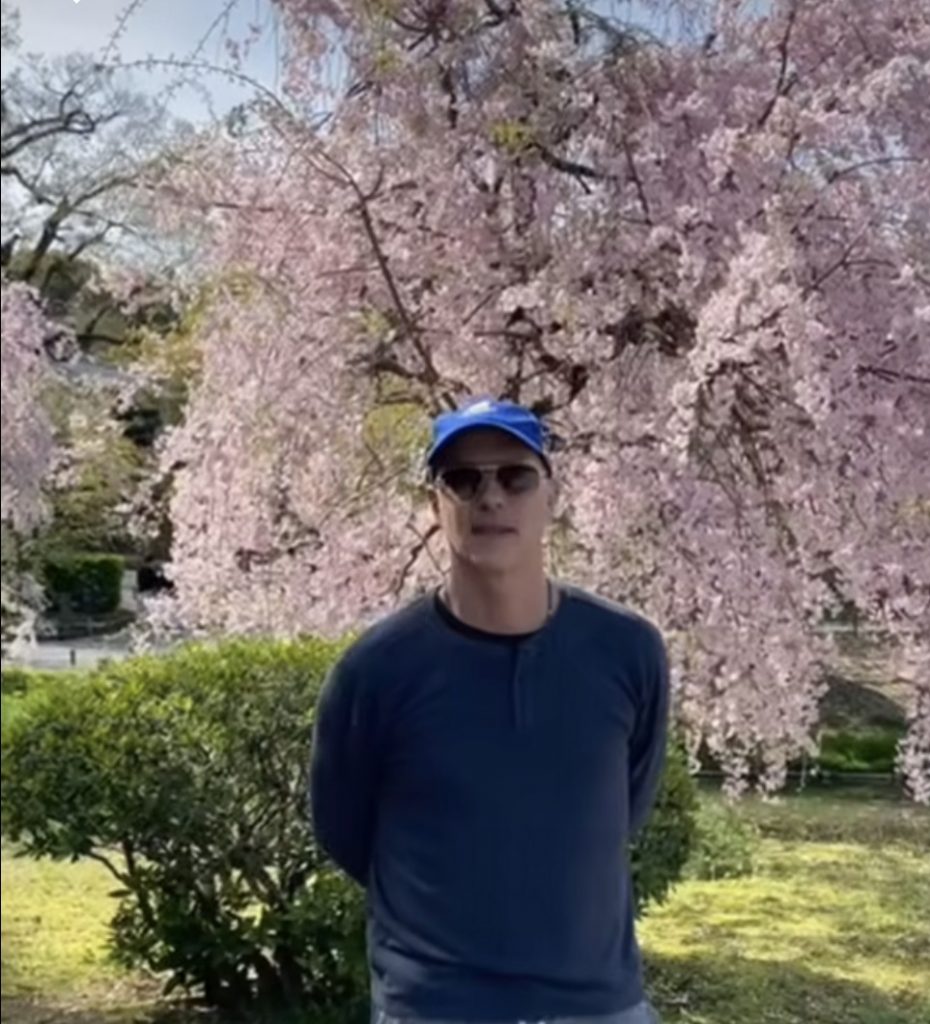
An Enjoyable Experience Working with Hamada's Skaters
Boitano, who does not coach and rarely accepts invitations to give seminars, went all out for Hamada's charges.
"We were on the ice for five days from 11 AM until 6 or 6:45 PM," Boitano noted. "Then we would have an off-ice discussion for about an hour and a half afterward. They were really good, long days."
Boitano sounded almost as thrilled as the young skaters he instructed must have been.
"This was right in my wheelhouse, because I really like working with elite skaters and giving them little secrets that make a big difference," Boitano commented. "I really like doing that and I knew that all of these skaters would be really top-rate."
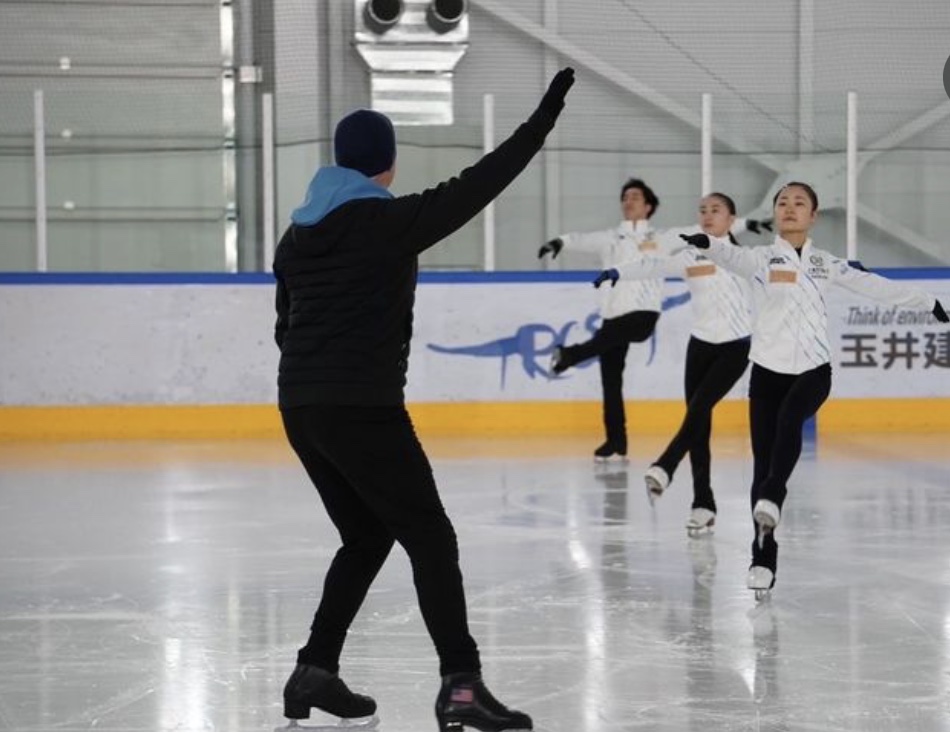
Boitano said he prepared well ahead of the long flight from San Francisco to Osaka.
"I had watched their videos to see what I felt they needed," Boitano remarked. "Honestly, I really liked everything that I saw. I was even questioning if I had anything valuable to offer them. But when I got there and started changing things, they were so receptive.
"It was great for me and it was great for them," Boitano added. "I was really pleased and I felt like I was handing my information down, which is a nice feeling."

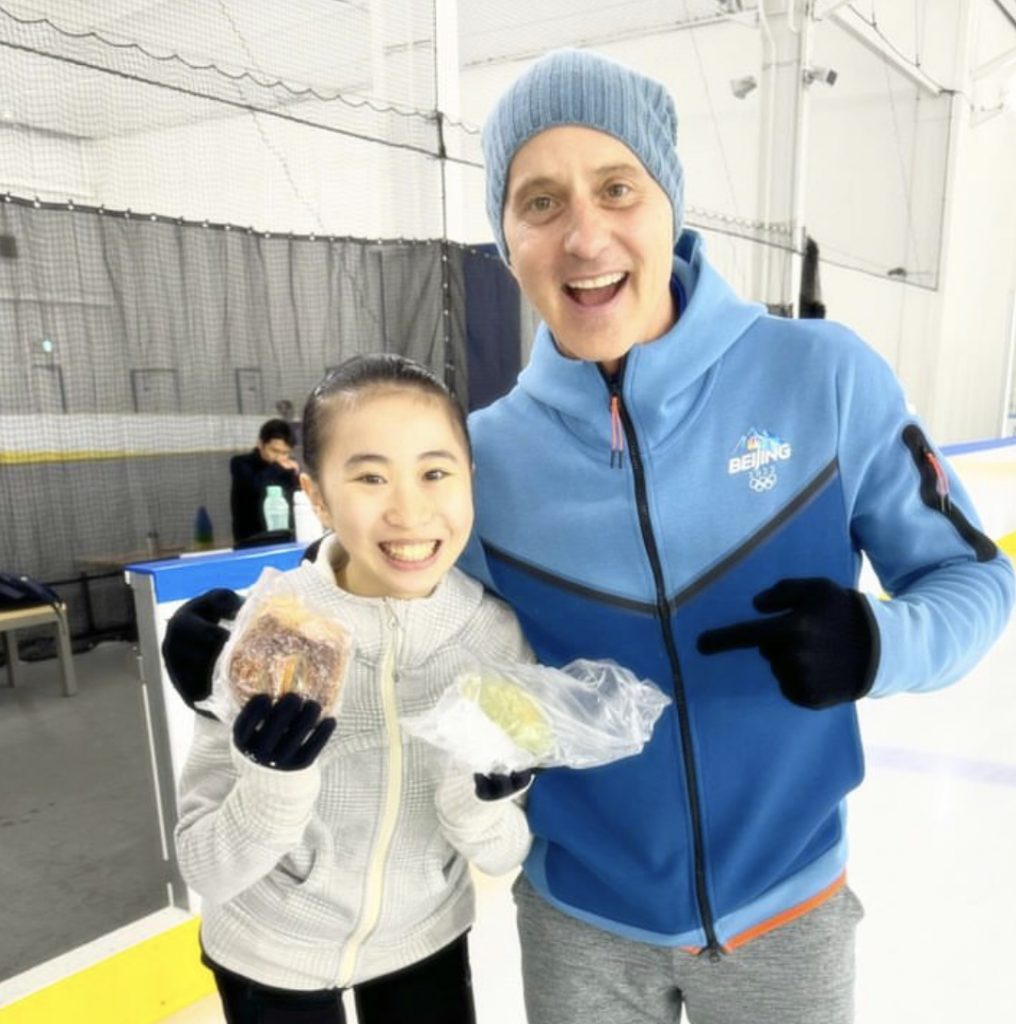
Wowed By the Drive of Young Skaters
Boitano gave Ice Time a couple of examples of the determination he saw from the skaters.
"There was a little girl named Riria Kono, who was 12," Boitano recalled. "Anything that I asked her to do, she was able to do. They were just a great group of good skaters."
A day after our conversation, Boitano sent me a text with another tale to tell.
"I thought of another story that I forgot to tell you which really shows the level of commitment that those skaters have," Boitano wrote. He added, "I challenged the young skater Sumika Kanazawa (a novice) to do a very difficult triple combination, it was waltz jump, loop, loop, loop, triple loop, half loop, triple salchow, step double axel, and she tried it over and over again probably 30 times and did it very successfully.
"The next day I came in and I said if she can do that combination again, I will give her two pastries, and I put the pastries on the rail," Boitano detailed. "She said she did so many the day before that she was really sore, and that she needed a little time in the session to think about it. But she would try it again, and I gave her the entire session to do it, and she finally did do it."
Viewpoints Gleaned from the Kyoto Camp
Ice Time asked Boitano to give his thoughts on some of the skaters he worked with in Kyoto.
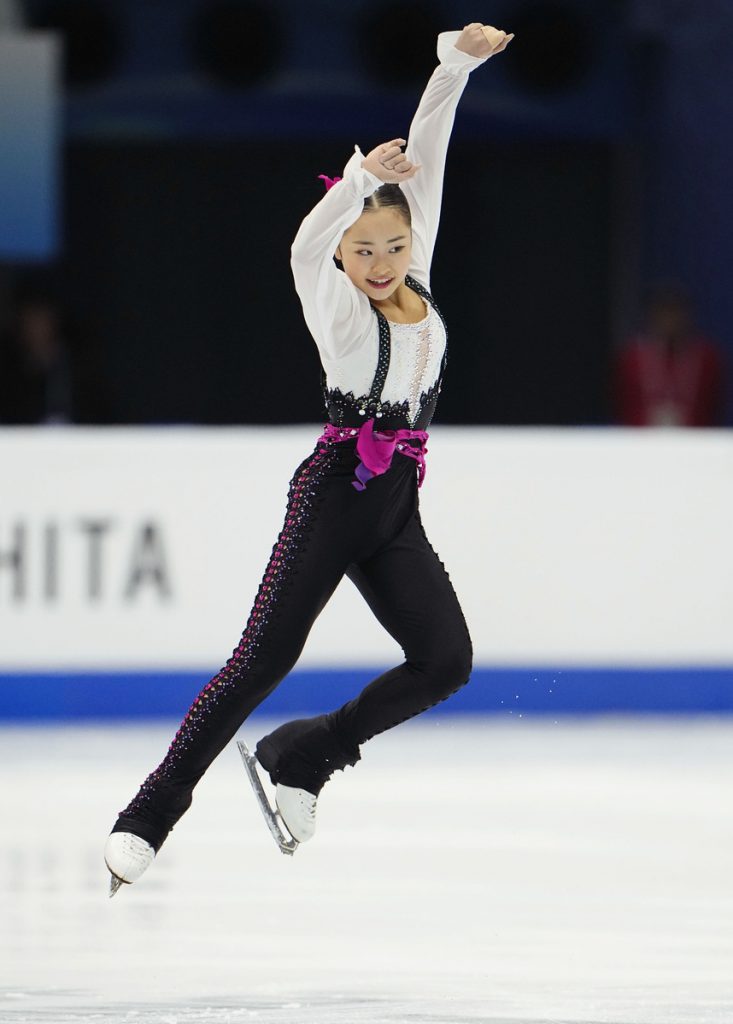
Insights on Mao Shimada
"I thought she was amazing. She has such a really strong baseline," Boitano said. "I think she is going to be really good. We worked on triple axels and quads. She is shy as a rule, but for me, I feel like I really connected with her and gave her some things to think about and some nice changes."
He then said, "She is really good and very, very talented."
Thoughts on Mone Chiba and Hana Yoshida
"Mone and Hana were both amazingly good and really adaptive to suggestions," Boitano recounted. "It would only take them a couple of tries to do things that I suggested. They were very quick learners and I was pleasantly surprised by that. They are well-trained, they pay attention, and they want to be better. That is the important part, they want to get better."
Boitano was floored by the steadiness he saw from the skaters in Kyoto.
"What surprised me the most was the technical ability that all of the women had of being able to do all of these elements over and over again," Boitano stated. "Each session they must have done like 50 jumps each. A lot of them would not miss ever. The consistency is huge. That is the one thing that you really like to see as a coach. Mie has done a really good job with them."
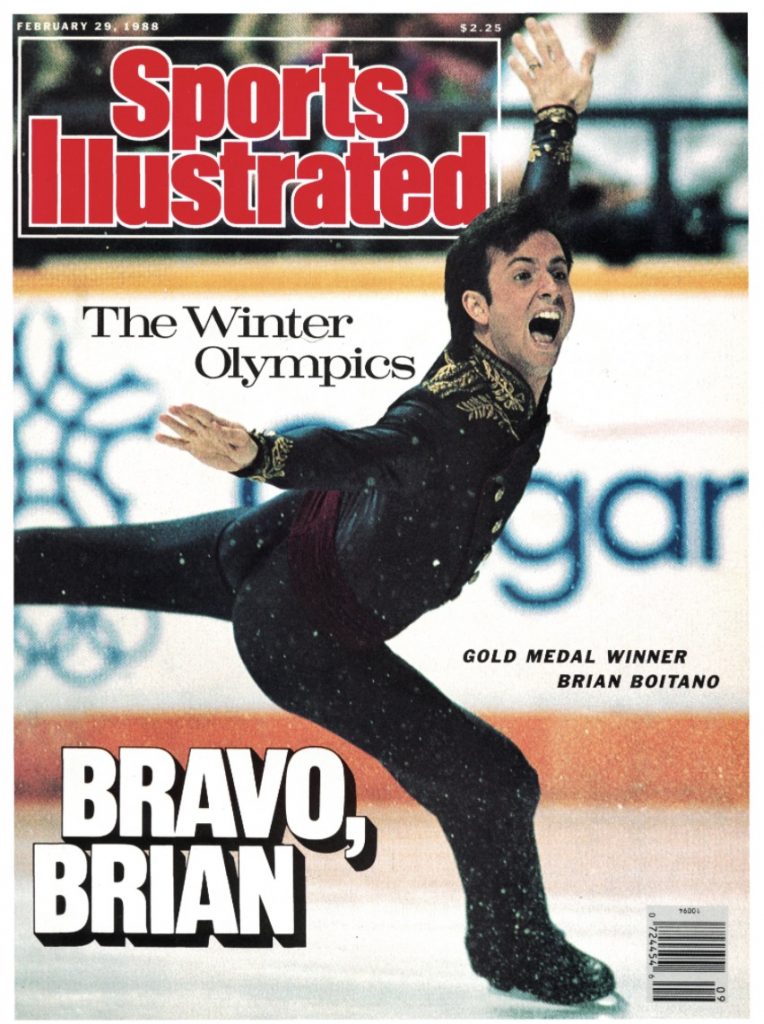
Jumping Technique Stands the Test of Time
Boitano was pleased to see that nearly four decades after his heyday, his approach to jumping is still in vogue.
"I don't teach, and I have given very few seminars," Boitano noted. "A lot of times techniques change with the new jumping style of the guys in the world right now. What really inspired me was Mie has really stuck to my technique of jumping. I wanted to work with these skaters because it is a technique that I used and pretty much came up with."
Added Boitano, "I felt like there was a lot of benefit and they would be versed and knowledgeable about what Mie had taught them in the past. I don't do this a lot, but things like this I make time for, because it is a lot of fun for me, as I am not coach on a regular basis. But this was the most challenging and beneficial."
Evolution of Japanese Skating
After our discussion about the Kinoshita skaters, I wanted to get Boitano's opinion on whether he felt Japanese skating had improved markedly since his competitive days.
"Yes and no," Boitano replied. "Remember, Midori Ito was far ahead of her time. She was doing more than actually these girls do. In the '80s, I think Midori was still the standard of cutting edge. The way that she did it, with such strength and speed."
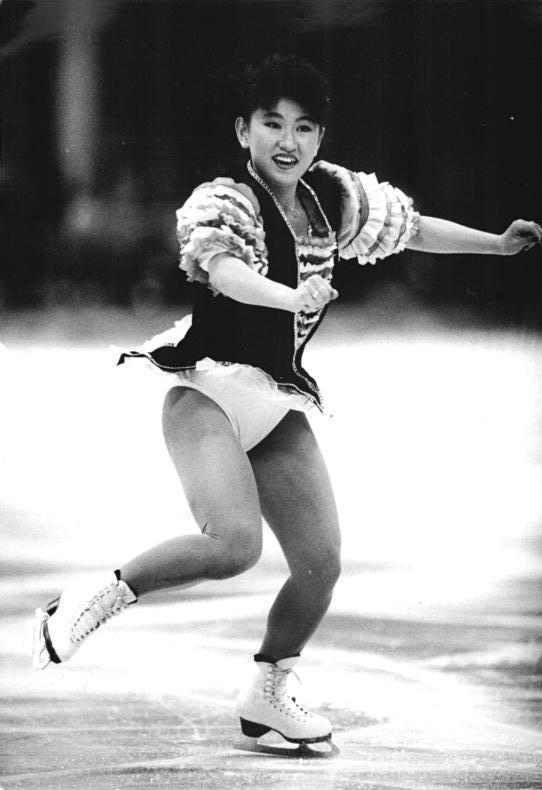
"Some of these women are doing the same as what Midori did, but that is a lot to say about Midori," Boitano continued. "As for the men's skating, I think it is that natural progression of them just doing more and more."
Athleticism vs Artistry
I questioned Boitano on if he felt that the focus on jumping in skating had overtaken the artistry in the sport.
"People have always complained about the art being on the back burner," Boitano commented. "Even when I was doing competitions, and like in the Olympics. You remember Elvis Stojko? They said, 'He's a jumper and there is no art.'
"There has always been this opinion that the artistic aspect of skating needed to be more important. But the bottom line is, even with the old judging system and the new judging system, the people who jump the best win competitions. Unless you start treating that merit as equal, and having somebody who has better artistic skills than jumping capabilities winning, it is not going to change."
Brian Boitano
The skating legend is firm in his belief that jumping is an important part of the game.
"It's an athletic competition and it has always been that, with an artistic flair," Boitano said. "Skating is an artistic sport, but it is more on the athletic side. It has always been that way and I don't see that changing."
Impressions of the Greatest Japanese Skaters
Ice Time asked Boitano to give his thoughts on some of the greatest Japanese skaters in history.
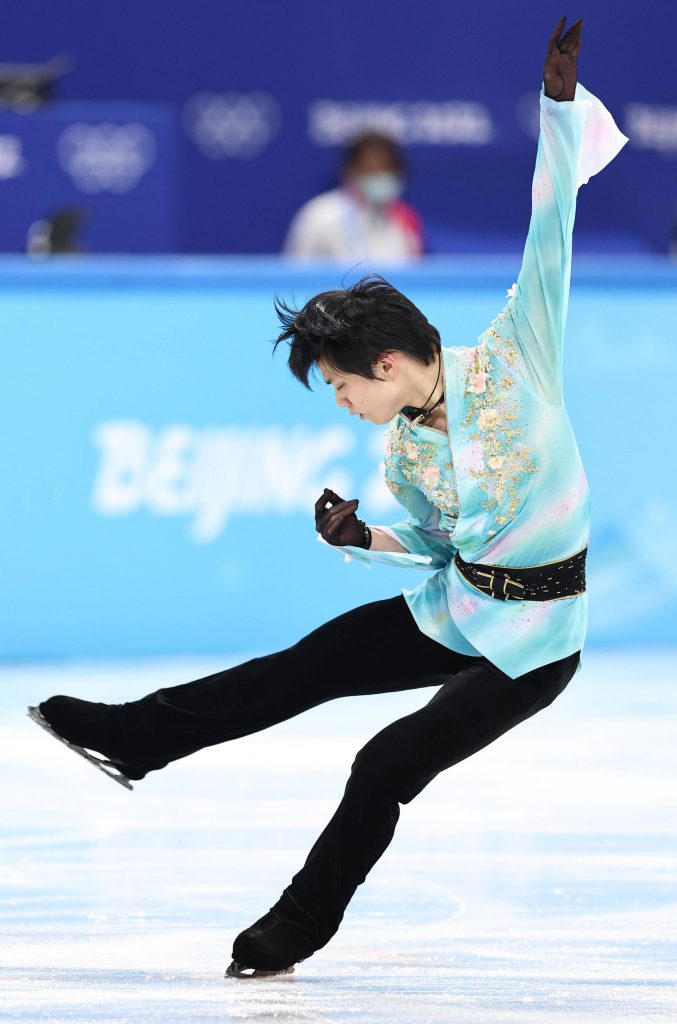
Yuzuru Hanyu
"I thought he was a very nice skater. He was, in my opinion, a complete package. A great jumper, a great component skater. He was really an all-around great skater."
Shoma Uno
"Also a great all-around skater. He definitely is more on the artistic side than a technician. And he's more about the skating skills and the component scores than a technician. He does numerous quads, so he does have that athletic ability too."
Mao Asada
"I thought she was good and I mostly paid attention to her after she made her comeback. [Mao was] part of the group of women who were doing triple axels after Midori Ito. She came from a long line of really successful skaters who obviously inspired her.
"I think the Japanese skaters have been really diverse, but also strong, starting with Midori Ito and Yuka Sato. They were incredibly strong for their time as well."
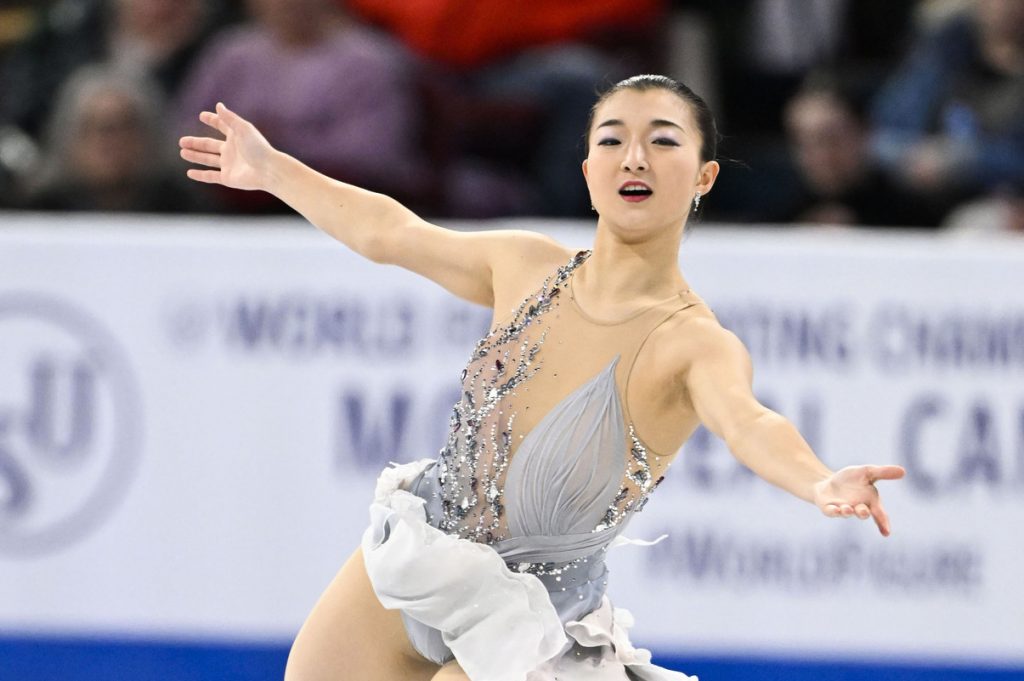
Kaori Sakamoto
"I think she is really strong and I love her power. A lot of the times in the past we have seen very young girls on the ice, and that is one of the things I miss about the past with Katarina Witt and Debi Thomas. I feel like when I watch Kaori I am watching a woman on the ice, which I really have missed. A mature skater who has some life experience behind her.
"I would love to see her skate live. It seems like she would be really fast and really powerful. For me, power and speed are the No 1 things that I am a fan of in skating. You can see her flow and power on TV. She is so strong. I like that athletic aspect in ladies' figure skating and she is certainly great on components as well. She is a great all-around [skater]. There is a reason she is a three-time world champion.
Brian Boitano
"The excitement of her speed and power, there is a je ne sais quois (I don't know what) about it, and just experiencing her performance. There is something about it that is special because it is so powerful."
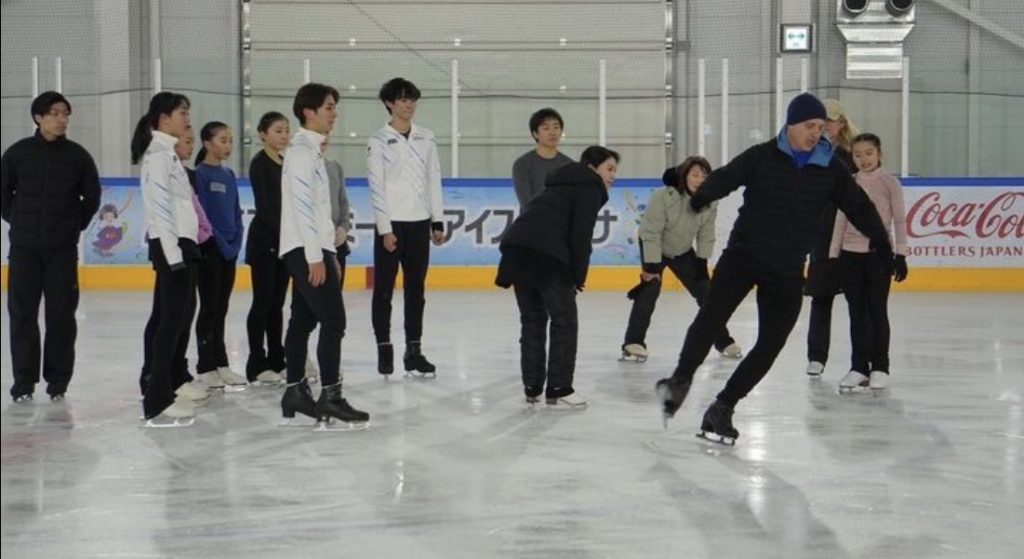
ISU Age Limits
I wondered what Boitano thought about the age limits that the ISU instituted and have taken effect over the past few seasons.
His assessment: "I wouldn't mind it being 18 years old because of what I talked about. When you learn to jump as a young girl before you have developed, after you develop you are a whole 'nother skater. The same happens with men, but it is a little bit different."
Boitano thinks that a generation gap of sorts has developed with some fans over the past few decades in the wake of very young skaters winning the Olympics and world championships.
"For the audience who watch skating, at least in America, it was always so popular because I feel like the age that watches skating is closer to that of older competitors," Boitano commented. "They could relate to them better and realized the pressure they were under."
Inspirations as a Youth
Ice Time concluded his session with Brian Boitano by asking him about those skaters he looked up to when he was coming up as a youngster.
"Terry Kubicka, who you may not have heard of, was my inspiration," Boitano declared. "He was a US national champion (1976) and was in the Olympics."
Boitano added, "He is the reason that backflips are illegal in competition, [and] he was so far ahead of his time. He did all of the triples, except the triple axel, and he did those in the Olympics [as well as the backflip]."
Kubicka, now 68, is a veterinarian in Concord, California, and also a technical specialist at ISU competitions.
"Technically, he was superior to anyone in his day," Boitano remembered. "That is why I looked up to him. I wanted to be that skater myself. He was really the person I looked up to.
"Also, Dorothy Hamill I really admired. She came to our rink one time and skated in a show. I have followed her ever since then. I was 8 years old at the time."
RELATED:
- [ICE TIME] American Junior Taira Shinohara Details Successful Season and Ambitions Moving Forward
- [ICE TIME] Exclusive: Legend Peggy Fleming Salutes Kaori Sakamoto's Success at the World Championships
Author: Jack Gallagher
The author is a veteran sports journalist and one of the world's foremost figure skating experts. Find articles and podcasts by Jack on his author page, and find him on X (formerly Twitter) @sportsjapan.


Olympics and Paralympics
Fix the JOC Before Hashimoto Talks of Hosting Olympics Again

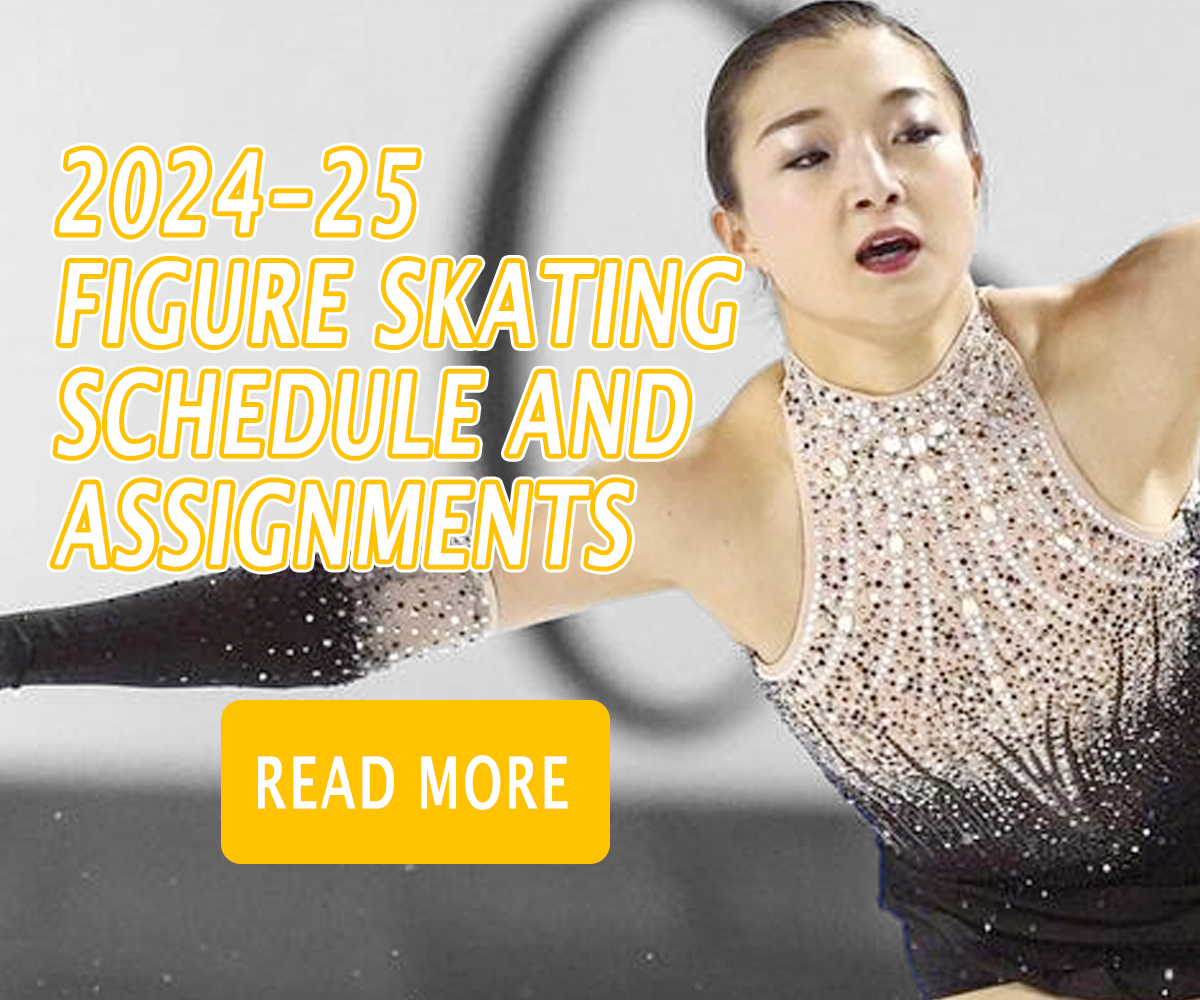













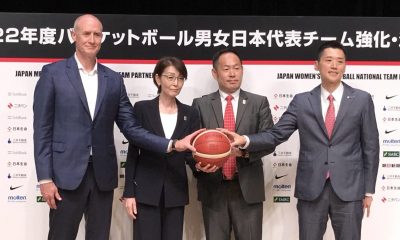



You must be logged in to post a comment Login